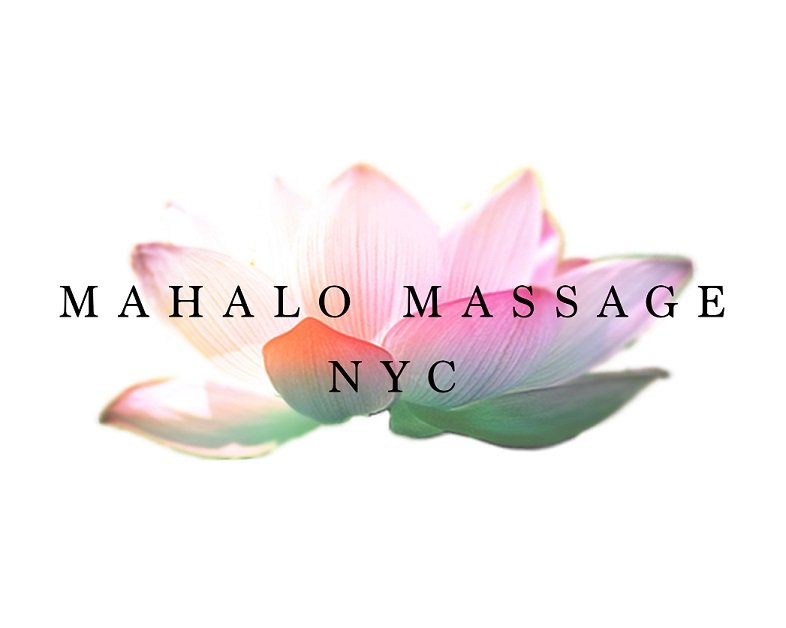Chocolate: Food of the Gods
It’s still February. I still have chocolate on my mind. Though truly, chocolate is never far from my mind. The terroir of the last excellent piece of chocolate I had is still very present in my senses and lovely to recall. (Thank you to my friend Yuko!) Decadent Dessert First at its finest.
Sometimes I miss Cadbury or Hershey’s chocolate or pretty much any commercial chocolate of mass production. Due to my various food sensitivities it’s best for me to abstain but then I appreciate that I’m better off without them. As wonderful as they can be, most commercial mass produced chocolate are confections and not a true reflection of Theobroma cacao or as translated from the Greek “food of the gods.” When Spanish conquistador Hernàn Cortés came upon the Mesoamericas and learned of xocoatl in the 16th Century, the Aztecs were drinking their bitter chocolate mixed with wine or water flavored with annatto, vanilla and chili pepper and without a touch of sweetener or milk. To the Aztecs, cacao, the name of the plant and beans before processing, were revered for rites, rituals and ceremonies. A woman could be judged fit for marriage based on her ability to prepare cacao to chocolate: from raw bean to fermenting, roasting and grinding the beans to prepare for drink. No small feat doing all that by hand!
The first modern chocolate bar wasn’t created until 1847 when creator Joseph Fry discovered he could make a moldable chocolate paste when he added cacao butter back into Dutch cocoa. And Dutch cocoa wasn’t invented until 1828 by a Dutch chemist who removed half of the cacao butter from chocolate liquor, pulverizing what remained and treating that with alkalizing salts to reduce the bitterness. (Makes sense right? Take something out to put something back in and a new food is created.) Cadbury then hatched in 1868.
********
More recently businesses of small batch chocolate makers (links below) are cutting out the highly processed ingredients and bringing out the flavor of the chocolate itself.
For my love of well made chocolate I have to share this excerpt of why I love gastronomy from Science Explains Why Chocolate Should Be Savored and not Scarfed:
“Cocoa beans are made up of nibs and cocoa butter, roughly 50 percent of each. The butter is a fat that’s stable at room temperature, which is why it is popular not only in chocolate and baked goods, but also in beauty products. When used in the latter, the cocoa butter is typically deodorized, stripped of some or all of its aromas. But these aromas are essential to chocolate.
Flavor is primarily an expression of smell, not taste—which is why it’s so hard to discern what you’re eating when you have a cold. In chocolate, the molecules that make up these aromas are suspended in the butter (or fat) and released slowly into our mouth and retronasal passage as the glorious substance starts to melt on our tongue.
Chocolate’s high concentration of fat, coupled with a melting point just below human body temperature, allows for maximum flavor dispersal. That’s why, according to food chemist Peter Schieberle, chocolate should be savored, not scarfed.
‘When you put chocolate in your mouth, a chemical reaction happens,’ Schieberle explained to his colleagues at the meeting of the American Chemical Society before being presented with the 2011 ACS Award for the Advancement of Application of Agricultural and Food Chemistry. ‘Some people just bite and swallow chocolate. If you do that, the reaction doesn’t have time to happen, and you lose a lot of flavor.’
Every smell is made up of multiple aroma compounds that come together to register in our brains as a distinct scent. While cocoa contains over 600 of these volatile, or airborne, aroma compounds, most of what registers to us as a chocolate smell comes from compounds that, surprisingly, smell nothing like cocoa. Instead, these compounds have aromas ranging from peaches and potato chips to cooked meat that transform when they are combined.”
To read even more about chocolate:
What We Know About the Earliest History of Chocolate
For Locally Made Chocolates: if anyone’s got a hook up to any of these businesses please call me!
Raaka Organic and Brooklyn based
Fine and Raw Organic and Brooklyn based
Mast Chocolate Organic in Mt Kisco, NY
Chocolate mentioned in the first paragraph and obtained from the Park Slope Food Co-op:
Dick Taylor CA based, not completely organic but an incredibly transparent company. Case in point, the milk they use in their milk chocolate is from pasture raised cows. The food nerd in me just sighed in contentment.
